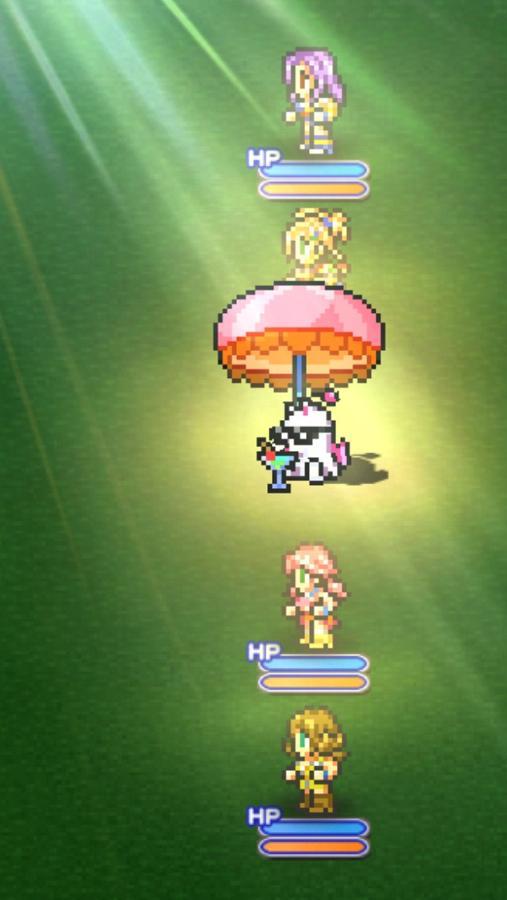

Joe’s Mayo Clinic testing for the NMO antibody came back negative however, his testing journey continued. This presentation mimicked neuromyelitis optica spectrum disorder (NMOSD).” Mondloch had both optic neuritis, which is inflammation of his optic nerves, and myelitis, or inflammation of his spinal cord. Mondloch in 2016 when our understanding and testing for MOGAD was still in its infancy,” explains Dr. They initially sought care for Joe there at the beginning of his disease journey. The Mondlochs are not strangers to Mayo Clinic. “THEY ARE CONFIDENT IN EVERYTHING THEY SAY, AND THEY BUILD CONFIDENCE IN YOU.”Īt the forefront of a newly identified disease “THESE DOCTORS ARE TOP-NOTCH AND INVOLVED IN ALL OF THE RESEARCH,” JOE SAYS. The appointment, say the Mondlochs, reinforced the importance of access to leading-edge information, clinical trials, and experts who are on the front lines of scientific discovery. I told Joe we needed to go back down to Mayo Clinic and get this re-checked and get more opinions.” “I clicked on The MOG Project and found out which doctors are involved and what research is going on, and it really opened my eyes to what’s going on out there.

“I was looking for answers and thought, ‘Hey, there’s got to be a support group out there,’ so I looked on Facebook and there they were,” Sue says. It’s supported by a medical advisory board, which consists of the world’s foremost MOGAD experts and includes four Mayo Clinic physicians: John Chen, M.D., Ph.D., Eoin Flanagan M.D., B.Ch., Sean Pittock, M.D., and Cristina Valencia Sanchez, M.D., Ph.D. The MOG Project, a grassroots, nonprofit patient advocacy organization, aims to connect affected individuals with medical information and resources to improve their lives. Earlier this year, Sue’s online investigations led her to The MOG Project and some hopeful perspectives on Joe’s illness. The illness - a type of central nervous system demyelinating disease - not only causes vision loss but also pain, cognitive issues, numbness, weakness, fatigue, paralysis, and even death if left untreated.įor the Mondlochs, who live in the Twin Cities, access to trustworthy information about Joe’s disorder is essential to help them make informed decisions about Joe’s care. In the past seven years, Joe has experienced five more episodes, each one leaving a permanent mark on his body. The autoimmune neurological condition Joe lives with has left him blind in one eye, physically disabled, and poses an ongoing threat for further damage.Ĭalled MOGAD, which stands for myelin oligodendrocyte glycoprotein associated-antibody disease, the rare, immune-mediated illness has been present in Joe’s life since February 2016, when, at the age of 55, he experienced his first symptom flare. Future randomized trials will determine the optimal treatment for MOGAD.As someone affected by a rare, incurable disease, Joe Mondloch and his wife Sue are always on the lookout for new information. Recognition of the clinical and radiologic features allow for the correct diagnosis. MOGAD is a unique entity that is separate from both MS and AQP4-IgG-positive NMOSD. Rituximab, azathioprine, mycophenolate mofetil, and monthly intravenous immune globulin are the most commonly utilized treatments.


Patients with relapsing disease will often need chronic immunotherapy. Although the nadir of vision loss is severe with MOG-IgG optic neuritis, the recovery is typically better than AQP4-IgG optic neuritis and therefore has a favorable overall prognosis. Clinical characteristics suggestive of MOG-IgG optic neuritis include recurrent optic neuritis, prominent disc edema, and perineural enhancement of the optic nerve on magnetic resonance imaging. Optic neuritis is the most common presentation in adults, whereas ADEM is the most common presentation in children. The phenotype of MOGAD is broad and includes optic neuritis, transverse myelitis, and acute demyelinating encephalomyelitis (ADEM). Serum antibodies to MOG have recently been found to be a biomarker of MOG-IgG-associated disorder (MOGAD), a demyelinating disease distinct from both multiple sclerosis (MS) and aquaporin-4-IgG neuromyelitis optica spectrum disorder (AQP4-IgG-positive NMOSD). To review the clinical characteristics, radiological manifestations and treatment of myelin oligodendrocyte glycoprotein (MOG)-immunoglobulin G (IgG) optic neuritis.


 0 kommentar(er)
0 kommentar(er)
